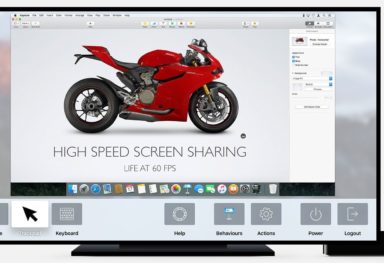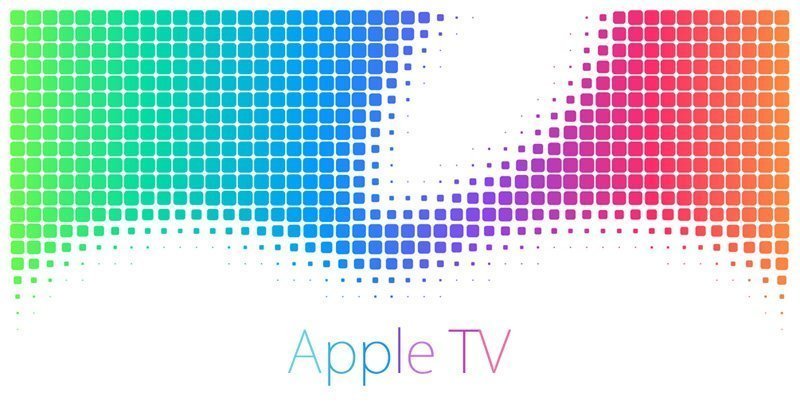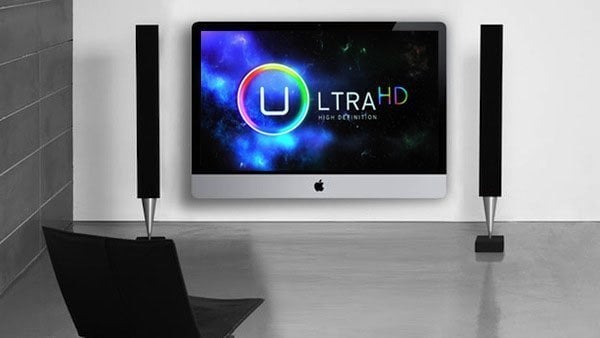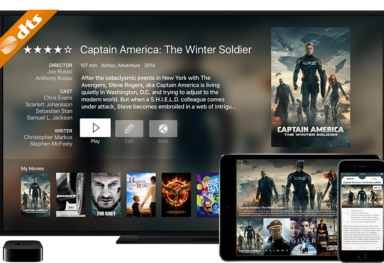
The Wall Street Journal reports that Apple has been building out an extensive network of data centers and connections as groundwork for moving deeper into television. Today, Apple uses a mix of content that is hosted in Apple-owned data centers and content distribution from Level 3 and Akamai, which is a good strategy for more “static” content like what is currently available in the iTunes store. Essentially, Apple can push a copy of “Thor: The Dark World” to Akamai and let them provide the servers and bandwidth to all of the users who purchase the movie.
Where this model fails is when more interactive or real-time content is being viewed. If Apple is truly going to compete for living room space as the primary set-top device, the “Live TV” problem must be tackled. Verizon did a reasonably good job of this with the Super Bowl, streaming it live to a peak of 1.1 million viewers. Yet this was a paltry 1% of the total TV audience, and those viewers were often watching the game with a 20-30 second delay. This is problematic for almost any live event, and a deal-breaker when it comes to sporting events.
The fundamental problem is one of fairly simple math. Using the new “Thor” movie as an example, the bandwidth required for a single viewer of the 1080P stream is 4.5Mb/s, well within the realm of most broadband users in the U.S. Unlike “Thor”, however, Apple can’t ship a copy of the Super Bowl video to Akamai and let them handle streaming that 4.5Mb/s out to millions of users. The streaming needs to occur in as close to real-time as possible.
Apple approaches services like this from an evolutionary perspective. Downloading of music content was the first offering, and the infrastructure was scaled up, broke, fixed, and scaled some more. Then, standard definition video downloads were added. Scale, break, fix, scale. High definition video downloads. Scale, break, fix, scale. Then streaming of static content, both music and video. In this process, they have undoubtably learned many lessons about how to build and manage the infrastructure required to support large-bandwidth events, whether it’s a new movie or the release of iOS 7. And they have learned is what they can use partners like Akamai and Level 3 for, and what they cannot.
Being the control freaks they are, it would be surprising if they continued to rely on Akamai for such a large portion of their user experience, and even more surprising if they believed that a 20-30 second delay for something like the Super Bowl would be acceptable to their users. The only solution to this is to build out the infrastructure themselves, allowing them to produce and deliver the content with as little latency as possible to as many users as possible, while still meeting their goals for quality and performance.
The WSJ article certainly lends credence to this. Apple has 20 million Apple TV’s sold to date, and another 700 million iOS devices. Whatever they build has to support this volume of users. For Apple to handle just 10% of the Super Bowl viewers via Apple TV would require a staggering 45 Terabits of data per second, all of that delivered in a manner that is at least comparable in quality and latency to what users receive today from their cable provider. From the sounds if it, they are preparing to do just that.
Related articles:






Comments
Be The First to Comment